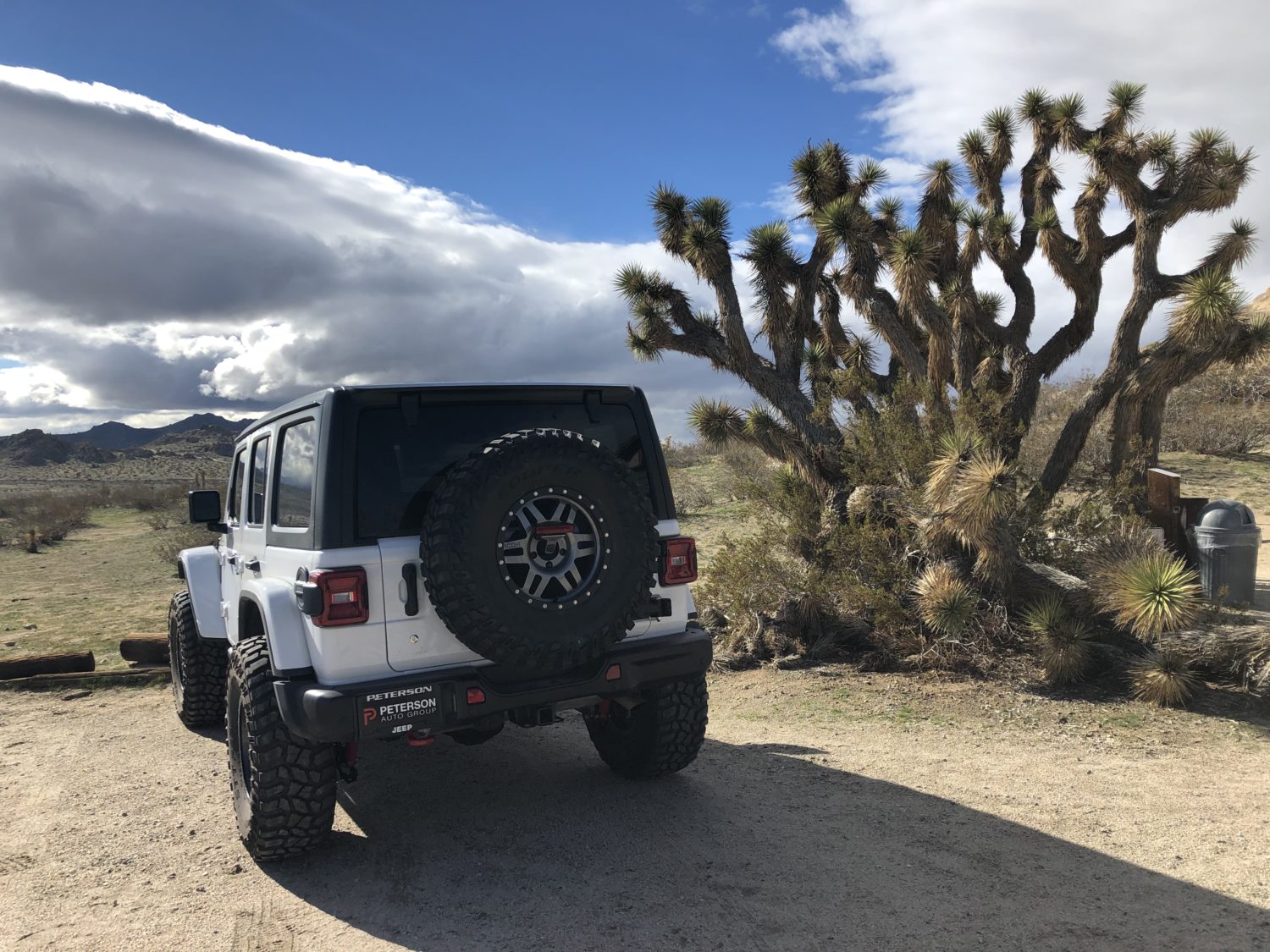- Location: 35.93261, -116.52472
- Travel Date: 2-27-2021
- Written: 3-4-2021
In 1886 A. G. Rhodes and his partner were prospecting near what would later be named Rhodes Spring. In May 1886, they removed 1,200 pounds of silver ore which netted them 800 dollars. On the return trip in the fall 1886, Rhodes and perspective mine buyers apparently perished somewhere in the desert between Daggett and Rhodes Springs.
In December 1905, prospectors found Rhodes location markers. They also found the mine workings and two tons of silver ore waiting for shipment. In September 1906, several other claims were opened and the area became known as Rhodes Camp. Various prospects were worked over the years as surface mines until the financial panic of 1907.
In 1908, three prospectors in the area found a gold deposit valued at $25,000 per ton. The find was later determined to be an isolated high grade pockets as no further gold was found despite extensive tunneling.
There is little record of mining activity from 1908 to the 1930’s.
In 1935, Lou McGirk from Ontario, California staked his claim on this site and built the shack. He had an iron ore mine on this site and a mica mine up the highway.
He was allowed to take one bucket of water per day from the natural spring by the shack, it was called Rhodes Spring. He built a cooler, still across from the front door to store food. He lined it with screen, lined it with burlap and would soak the burlap in water. The breeze would then blow through and cool the food. He would store his linens in barrels to keep the desert rats from chewing them up. He kept his paper goods in an old refrigerator.
McGirk had to do $100.00 dollars worth of improvements per year to keep his claims. This could be any type of improvements. When the National Park extended its boundaries in 1994, the cabin was now located inside of its borders, the cabin had to be opened to the public.










